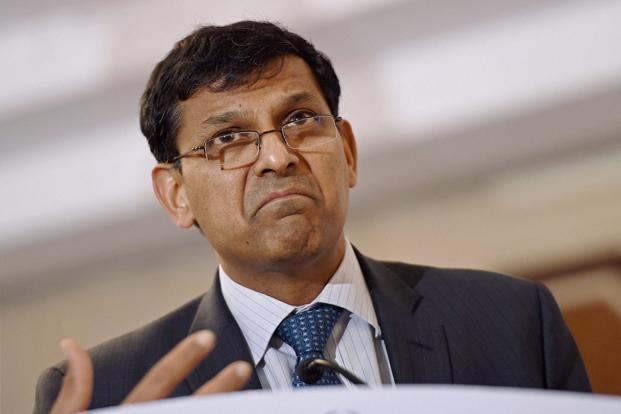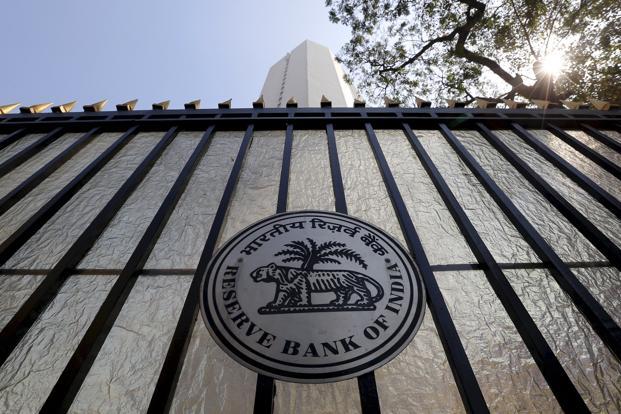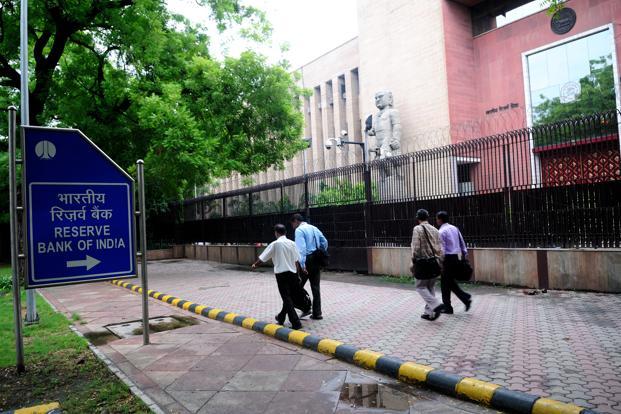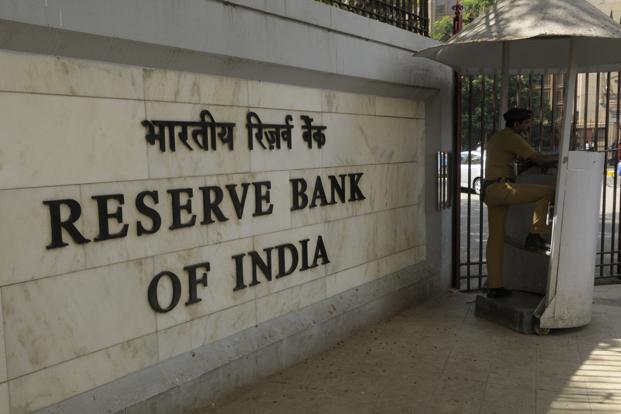Reserve Bank of India (RBI) governor Raghuram Rajan has kept his promise.
Less than four months after giving in-principle licence to two entitles for setting up commercial banks, RBI has drafted guidelines for so-called payments banks and small banks to open up the sector. A third category, wholesale banks, will probably be looked into later.
The payments banks, according to the plan, will accept deposits and offer remittance services to migrant workers, low-income households and small businesses in a secure, technology-driven environment.
The remittance business will earn fees, but will that be enough to run a bank? It will also get the so-called float money (the money kept in the custody of a bank between a deposit made in the recipient’s account and the money deducted from the sender’s account).
Such banks will not be able to give loans to anybody. Instead, they will invest all their deposits in government bonds. Minus the remittance business, in some sense, it resembles the model of erstwhile residuary non-banking companies, or RNBCs (remember Sahara India Financial Corp. Ltd and Peerless General Finance and Investment Co. Ltd?). Narrow banking—or the model of investing the last penny of deposits in government bonds—ensures safety but it’s difficult to make such a bank profitable unless the employees see this as charity and don’t take a salary.
I wonder why would anybody apply for a payments bank licence while such activities can be done through the small banks? Yes, the small banks are being allowed to do everything a commercial bank is expected to do but on a smaller scale. It is modelled on the local area banks, or LAB (former finance minister P. Chidambaram’s brainchild), with a difference. While operations of a LAB are restricted to contiguous districts in one state, the small banks will be allowed to expand their area of operations beyond contiguous districts in more than one state. The limit will not be on geographical spread, but size of the business as it is expected to undertake basic banking activities of accepting deposits and lending to small farmers, small businesses, micro and small industries and unorganized sector entities.
Chidambaram made public the idea of LAB in his 1997 budget speech. Six LABs got licences but at the moment only four of them are operational—in Punjab, Maharashtra, Andhra Pradesh and Telangana. The biggest handicap of a LAB is its playing field—a few contiguous districts (initially capped at four and later expanded to six). Such banks suffer from concentration risks as often natural calamities such as drought and flood affect contiguous districts and if that happens, the risks of mass defaults in loan repayment rise. Precisely for this reason, the LABs in India have not done well. Two of them died premature deaths and the largest one, based in Punjab, is very small compared with a commercial bank. By allowing small banks to operate in many districts and across states, RBI has taken care of this.
There will be many takers for the small bank, including a few of those who had sought licence to set up a universal bank but did not succeed in getting it. They could not meet the criterion of ‘fit and proper’ last time, but that does not mean they will fail this time, too. The draft guidelines have tweaked the fit and proper criterion for small and payments banks by removing the reference to a probe by an investigating agency as a deterrent to giving licence. If such banks can prove their competence, over time their scope of operations will widen. But to start with, small could be beautiful and I will not be surprised if hundreds of applicants queue up for a small bank licence.



